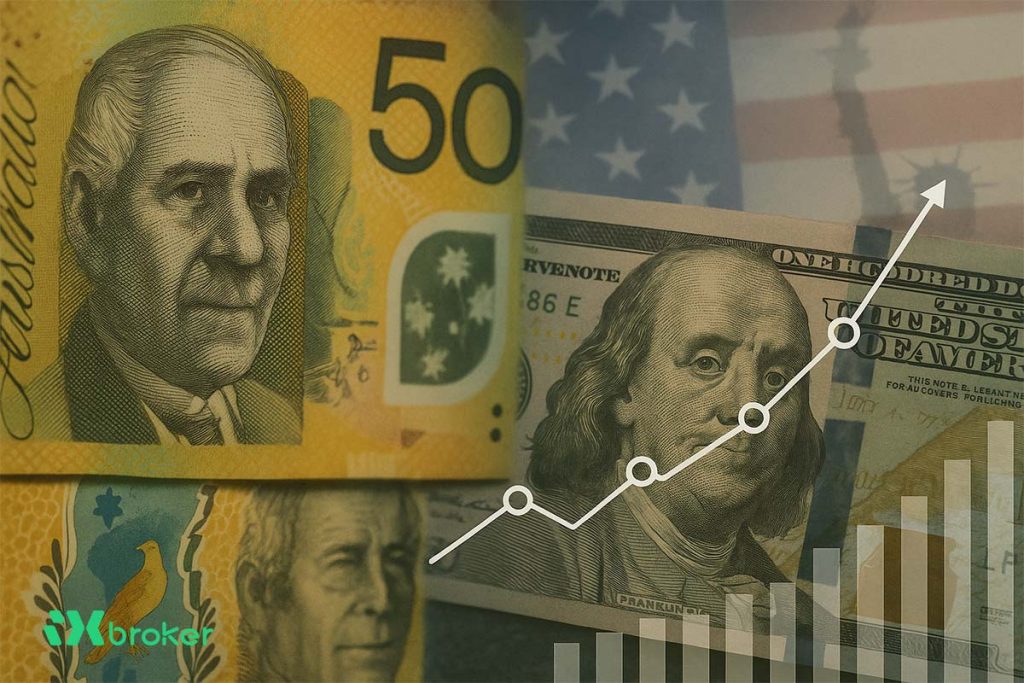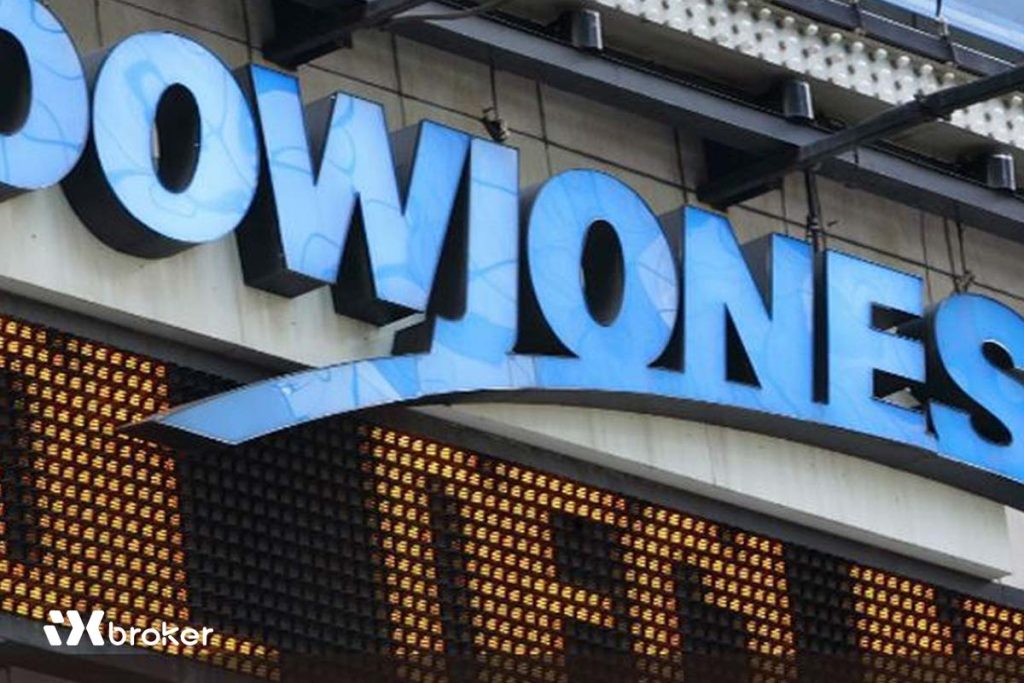iXbroker Market Insight
Despite swirling headlines regarding weakening consumer sentiment, rising household debt delinquencies, and warnings of economic cooling, recent hard data tells a strikingly different story: the American consumer is not just weathering the storm but continues to propel the economy forward.
On Thursday, the latest retail sales figures revealed a 0.6% increase for June, climbing to a staggering $720 billion—a number hovering near all-time highs, according to Census Bureau data. This growth, validating similar upbeat reports from the nation’s largest banks, underscores that personal consumption—the engine behind nearly 70% of US GDP—remains both robust and resilient.
The Bankers’ Consensus: Cautiously Optimistic
JPMorgan Chase, Citigroup, Bank of America, and Wells Fargo, whose financial footprints cover the vast majority of American households, all echoed a similar refrain in their Q2 2025 earnings calls.
“The consumer basically seems to be fine,” stated JPMorgan CFO Jeremy Barnum, even as he acknowledged stress among lower-income segments. “Consumer credit is primarily about the labor market. In a world with a 4.1% unemployment rate, it’s hard to see widespread weakness.”
Citigroup’s CFO, Mark Mason, largely agreed, adding, “Consumer health remains very strong,” though he anticipates some softening as new US tariffs and global trade headwinds begin to bite.
Still, the numbers remain clear:
- JPMorgan’s debit and credit card spending volume surged 7% year-over-year in Q2
- Citi’s branded card volumes rose 4%
- Bank of America and Wells Fargo both posted 4-8% growth in card payments
Brian Moynihan, CEO of Bank of America, summed it up: “Consumers remained resilient, with healthy spending and asset quality.”
Cooling Growth—But No Crisis
While card spending and retail sales show ongoing expansion, there are signals that growth is normalizing from the post-pandemic surge. The Consumer Price Index (CPI) for June rose 2.7% year-over-year, slightly higher than last month, while core inflation (excluding food and energy) ticked up to 2.9%. Despite these moderate inflationary pressures, consumers don’t appear to be pulling back decisively on spending.
Gasoline prices remain low, with the national average at $3.16 per gallon, and new data shows employment remains robust—initial jobless claims fell to 221,000 last week, a figure consistent with periods of economic strength.
Yet, as the University of Michigan’s July survey highlights, consumer sentiment, while improving, is still substantially lower than late 2024, and expectations for personal finances have softened. This divergence between what consumers say and what they do illustrates a rare economic paradox: resilience in spending, caution in outlook.
Housing, Industry, and the Bottom Line
Mortgage rates have edged up to 6.75% for a 30-year fixed loan, but new home construction and builder confidence remain steady.
Industrial production rose in June, while the office market still lags—remote work and low occupancy rates remain the new normal.
Despite macroeconomic crosscurrents, including the Trump administration’s tariff threats stirring global uncertainty, the outlook for US corporate earnings remains bullish. The labor market is easing but has not reversed, and both consumer and business spending are expected to remain growth drivers through the rest of 2025.
iXDeep: Market Impact Analysis
At iXbroker, our specialists see important implications for Forex, crypto, and broader market volatility:
Forex:
Resilient US consumer data often supports the dollar, but with growth cooling, the upside appears capped. Forex traders should expect the USD to fluctuate—supported by strong retail sales numbers but tempered by softer consumer sentiment and potential ripple effects from US trade policy and tariffs.
Crypto:
Steady consumer spending and moderate inflation are usually a headwind for crypto, as investors prefer risk assets when inflation bites or growth contracts. While economic resilience cools speculative flows into major cryptos, ongoing policy and macro shifts—such as tariffs or labor market hiccups—could quickly reignite volatility, making Bitcoin, Ethereum, and leading altcoins a “hedge” against currency or policy shocks.
Stocks:
The data disconnect—weak sentiment but strong spending—shows earnings strength can persist even if “doom and gloom” dominates headlines. This supports the thesis that the US stock market could outperform the underlying economy in coming quarters, especially among firms with strong consumer exposure.
Conclusion:
For iXbroker clients, this environment demands agility. Hard data remains strong, but investors must keep a close watch for turning points where economic cooling outpaces resilience and triggers wider market corrections or opportunities.



